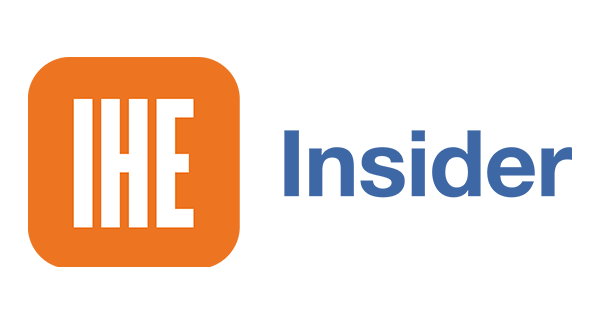From Rachel Toor
Doug Lederman, co-founder of both Inside Higher Ed and this Whistledownian publication, was recently asked by one of his several mothers-in-law (long story) to give a talk at her retirement community about higher ed. Having never been a professor, Doug may have been unaware of the heart-stopping terror instilled by the words "pop quiz" and proceeded to give his audience members one.
Fortunately, everyone survived to hear Doug explain the answers (and back them up with evidence).
[Note: Test scores will not effect your final grade.]
College Admissions and Enrollment
1. How many more people are enrolled in college now than there were in 1960?
2. What percentage of all applicants does the typical four-year college admit?
3. What proportion of all undergraduate students are enrolled at a community/two-year college (as opposed to a four-year college)?
4. What proportion of all undergraduate students are women?
Cost, Price and Debt
College Attainment
8. What percentage of Americans have at least a bachelor’s degree?
Potpourri
10. What proportion of students take at least one online course?
11. How many of the 229 Division I athletics programs at public universities turn a profit?


